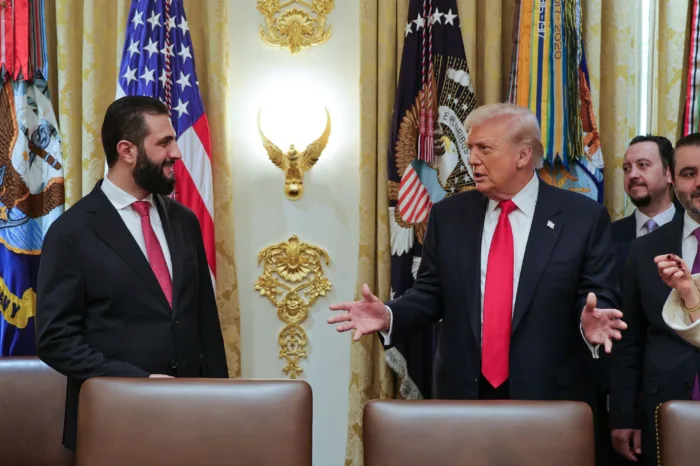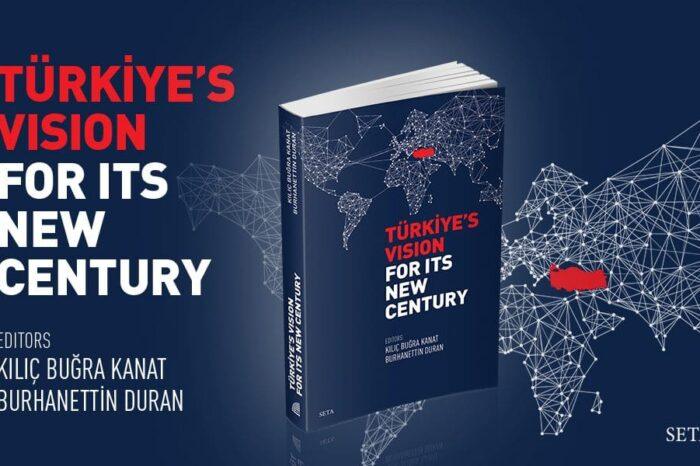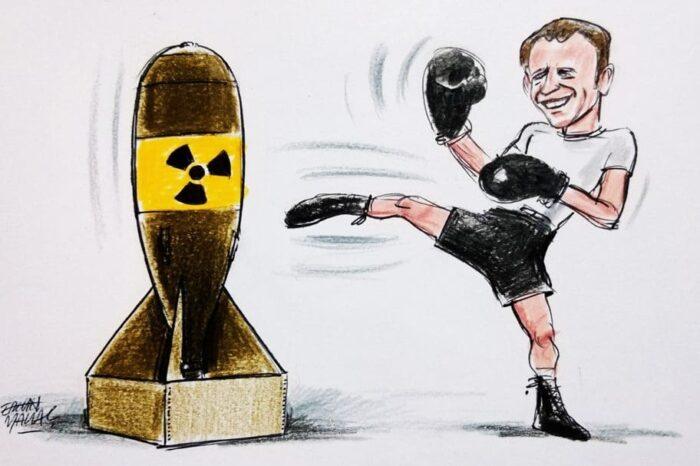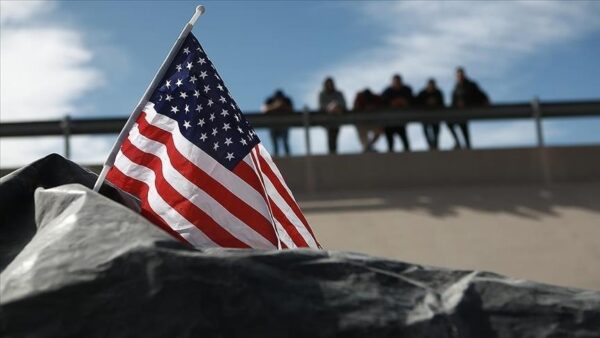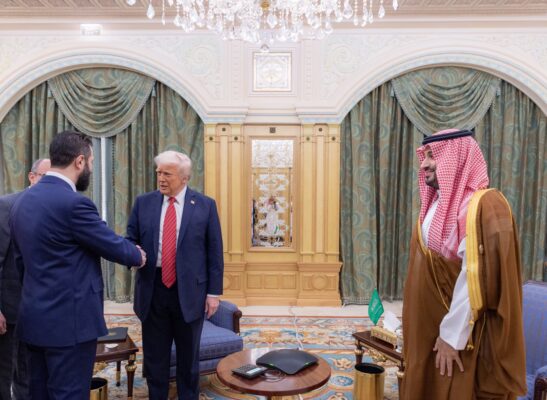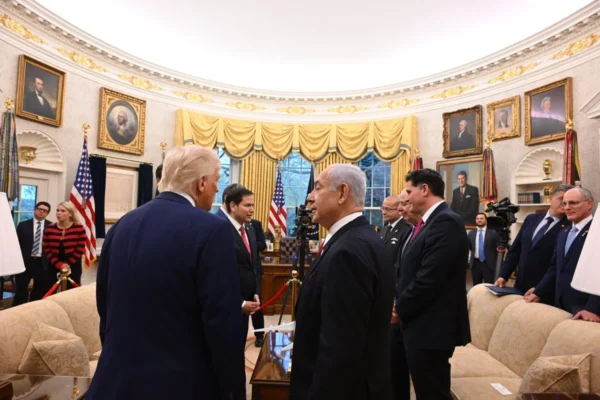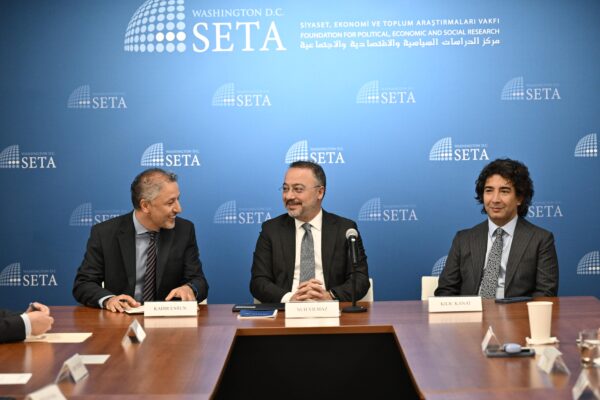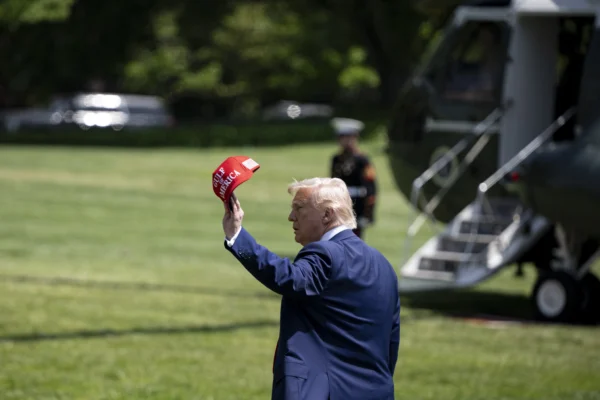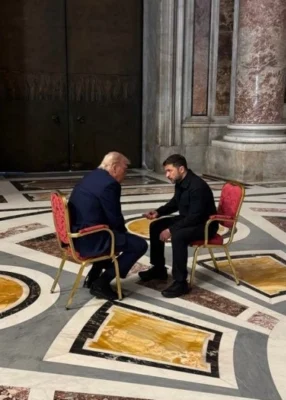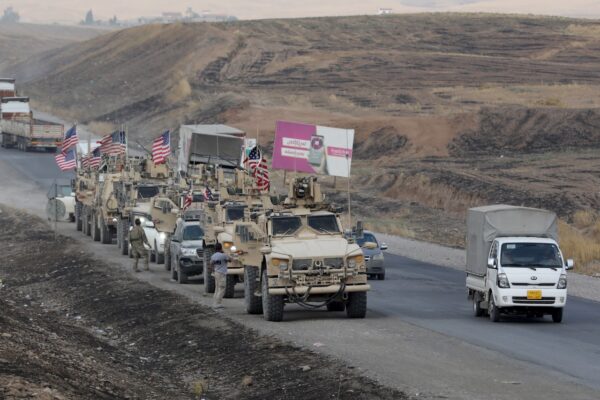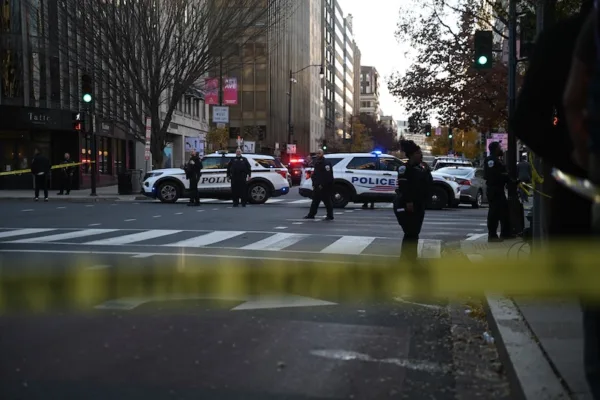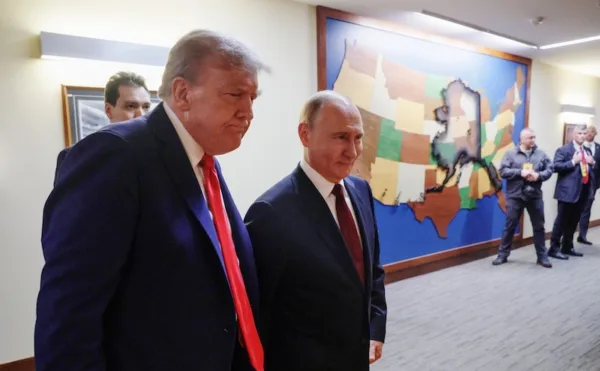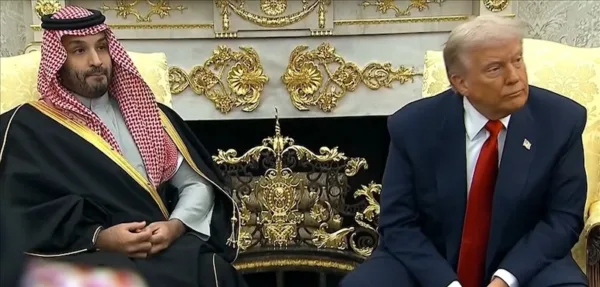Between East and West: The geopolitical fate of Turkey

Following the attack on a mosque by a terrorist last Friday, there has been an intense debate about the sources of this attack and how to stop the repetition of similar attacks in different parts of the world. How to curb radicalization in Western societies and how to stop violent extremism are questions that have been asked by different experts for the last few years. As mentioned in the previous column, the New Zealand attacks were an alarming wake-up call for states to take necessary precautions to prevent violence against Muslims.
Since the attack, New Zealand and its government have demonstrated exemplary prudence and handled the trauma and potential aftershocks of the terrorist attack. After careful analysis of the 74 pages note that the terrorist distributed before the attacks, we started to see a different dimension of the attack as well.
The attacker in his so-called manifesto frequently targeted Turkey, Turks and Turkey’s president. He was particularly angry about Turkey being a bridge between Asia and Europe. Turkey’s region and the fact that Turkey had lands both East and West were unacceptable for him. He warned in his writings Turks should not pass the European side of Turkey’s territories and said: “If you attempt to live in European lands, anywhere West of the Bosporus. We will kill you and drive you roaches from our lands.” For him, Turkey represents the spoiler of his black and white worldview. He could locate Turkey neither totally in the West nor totally in the East. It would not fit with his “us and them” type of division or categorization.
To reach his goal, he even suggested European countries unite and kick Turkey out of NATO. Accordingly, Turkey should be expelled from the Atlantic alliance and be once again regarded as an enemy force. It is not unfamiliar to hear calls to expel Turkey from the organization. In each and every crisis between the U.S. and Turkey, there are some pundits who suggest this “solution.”
Even before, some prominent political scientists would suggest that the West is unique and not universal and thus countries like Turkey should not be part of the alliances of Western countries. Turkey’s presence in NATO, its candidacy for the European Union and its foreign policy outlook are considered unacceptable by some of these experts.
While targeting President Recep Tayyip Erdoğan, the attacker once more emphasized the geographical location of the country. He noted that Erdoğan is the leader of the largest Islamic group in Europe and his presence generates this power projection. For him, without Erdoğan, Turkey would be weaker. Together with what he wrote with his automatic rifle he presented an advanced form of Turkophobia.
On the one hand, for him Turks represent Muslims in Europe but more significantly Turkey represents multiculturalism, a welcoming attitude to refugees and a bridge between two civilizations.
All of these are anathema for the attacker and for those who share his opinions. Partly because of that, during the Brexit referendum and the referendums on the European constitution several years ago, Turkey was presented as a threat to European culture and societies by some far-right groups.
That Turkey – despite all the obstacles from some member countries – expressed its intention to work for membership in the European Union, that despite its economic problems still welcomes refugees from war zones in the Middle East and that it still presents a bridge between civilizations demonstrates the source of anger towards Turkey. This anger is real and present, and it is a threat to peace in the world.
This article was first published by Daily Sabah on March 23, 2019.

